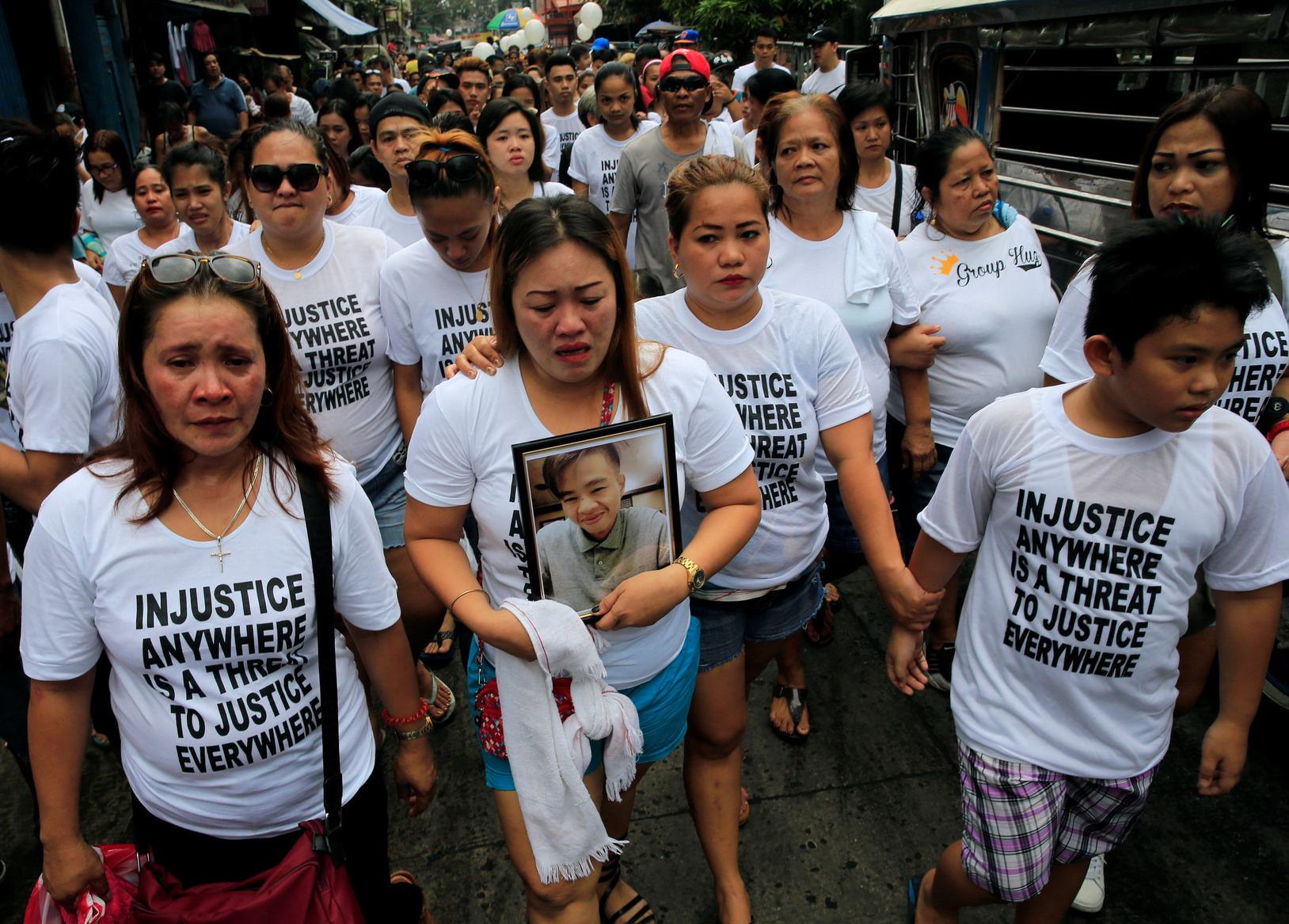On November 2, 2021, the Philippine Commission on Human Rights (CHR) released the results of investigations into 579 cases in the regions of Metro Manila, Central Luzon, and Calabarzon. These three regions recorded the highest number of extralegal killings in the so-called war on drugs between July 2016 and February 2020 compared to the rest of the country. 451 of the cases were police operations in which at least 538 people were killed while 167 people either survived or remained in uncertain condition. Another 104 cases involved unidentified perpetrators.
The CHR investigation exposes various contradictions in the statements of police officers and witnesses. For example, the investigation concludes that some operations may not have taken place, that some fatalities were not targeted individuals in operations, or that some individuals were killed after being arrested.
The contradictions also raise significant doubts about the so-called “nanlaban” cases – those in which suspects allegedly resisted an arrest violently. According to the investigation, only 2.36% of “resisters” in the 466 cases survived the operation. At least 87 who were killed showed multiple gunshot wounds to various parts of the body; mainly the head, abdomen, torso, and chest. Blunt force trauma was also documented. This excessive force as well as eyewitness accounts indicate intent to kill rather than the objective of self-defense on the part of the police officers.
Only 48% of the cases examined included documents from police agencies. 77 police reports recommended either awarding, rewarding, or recognizing the police officers involved – for example, by clearing them of criminal responsibility. In some cases, the legitimacy of operations was also justified.

